Blue versus red. Ford versus Vauxhall. A staple of the magazine twin-test for decades, and the source of mostly light-hearted rivalry between ownership factions for just as long. If you’re a diehard Ford fan then trading ST for VXR is unthinkable, and if your figurehead is the mythical Griffin, then it’s Red Top over YB every day of the week.
Much as reception to the Ford Sierra was a little frosty when it debuted in 1982 – as detailed in this profile of the Sierra – it did have one ace up its sleeve: it made the Mk2 Vauxhall Cavalier launched a year earlier look distinctly old-hat.

General Motors played it safe with the second-generation Cavalier, perhaps anticipating the kind of backlash that Ford faced when it ditched Cortina for Sierra. It did have two distinct advantages over the Ford: it was front-wheel drive, still a relatively forward-thinking choice at the time, and beneficial for passenger space, and unlike the Sierra, its engines were entirely new, making their debut in the model.
It also benefited from customers’ initial scepticism over the Ford’s new-age styling, outselling it several years in the early to mid 1980s. But as the Sierra got into its stride, performance models and motorsport boosted its image and a facelift softened its looks, the Cavalier began looking very old, very quickly.
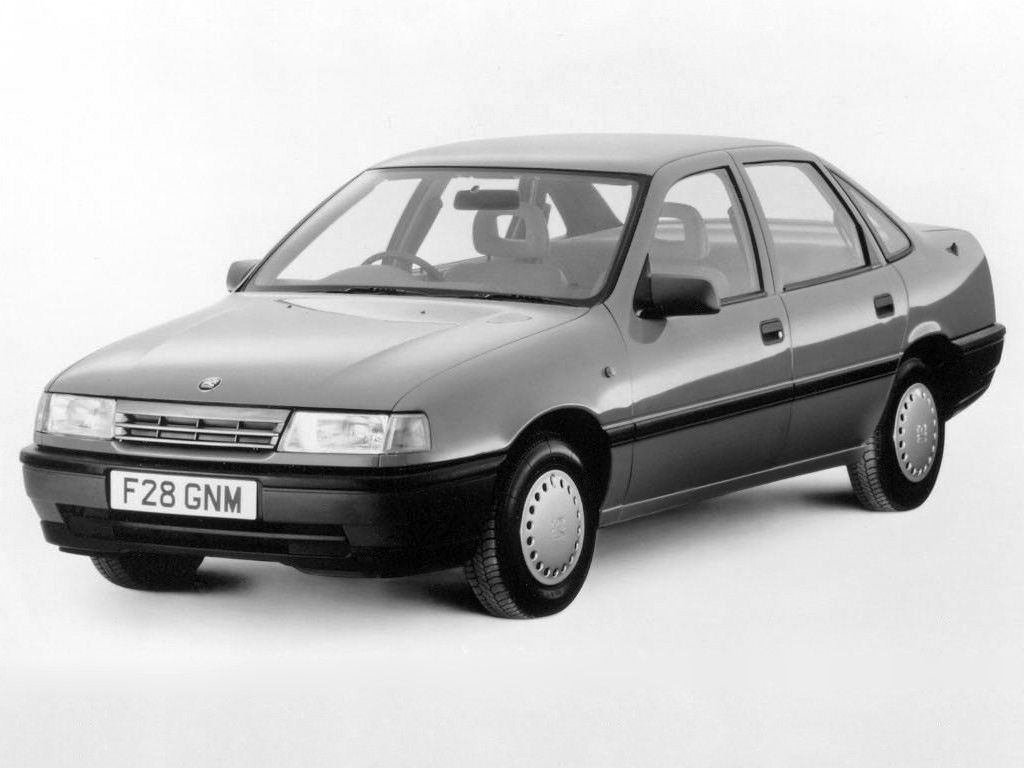
Its replacement, in 1988, once again turned the tables in Vauxhall’s favour. 1988’s Mk3 Cavalier was all-new, and had some immediate advantages over its predecessor.
The first was its resolutely modern shape. Despite a late-80s launch this was more like a car of the 1990s, previewing that decade’s trends for soft curves, flush exterior fittings, and improved aerodynamic performance. The Sierra’s 0.34 coefficient of drag had looked impressive in 1982, but six years later the Cavalier slashed that to just 0.29 – equal to the most slippery Audi 80 of the era, the car which the new Cavalier perhaps most closely resembled in the market thanks to its smooth flanks and flush-fitting glass.
The next was adoption of a fresh range of engines. While many were derivatives of those found in the previous Cavalier, even those were often more sophisticated than the prehistoric Pintos and CVHs thrashing away under the Sierra’s bonnet.
With efforts to reduce internal friction, improve breathing and on larger units, the use of fuel injection, they were smoother, more powerful and drank less fuel than their equivalents in the Ford. Manual and auto gearboxes throughout the range served the needs of almost anyone who’d find themselves in a Vauxhall showroom.
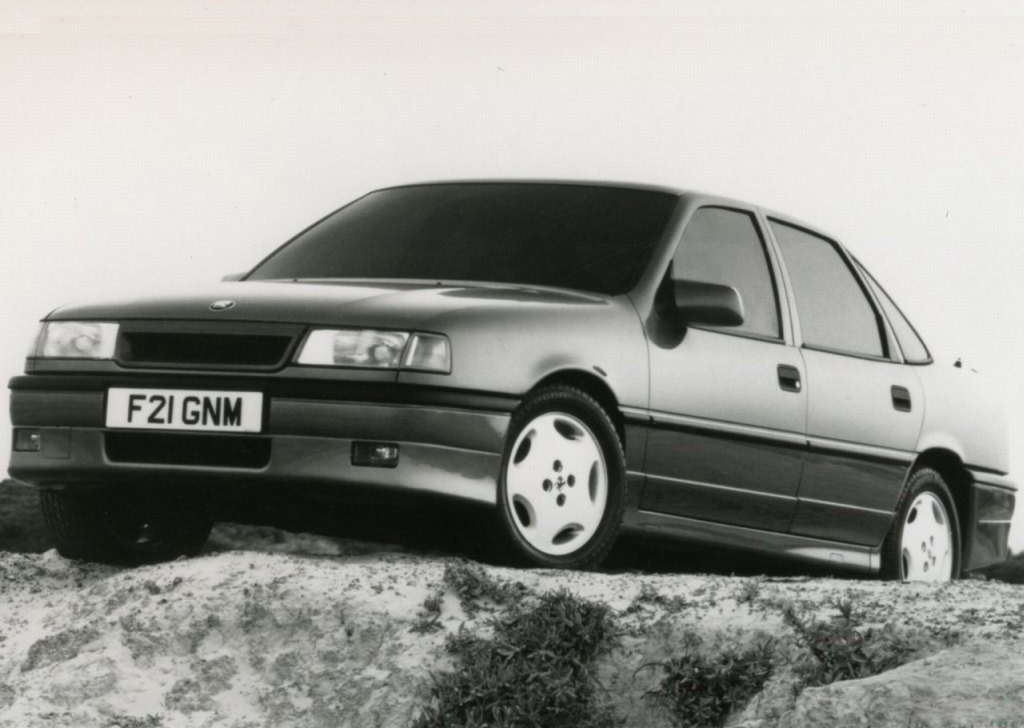
And while the Cavalier never received a true high-performance variant on par with the Sierra RS Cosworths – though the late turbocharged 4x4s got close – the use of the Astra GTE’s then-new 156bhp, twin-cam four gave the Cavalier a range-topper in the 2000GSi to tussle with the XR4x4, whose 2.9-litre Cologne V6 made “only” 148bhp.
The Cavalier offered all-wheel drive too of course, the 4×4 models getting an independent rear suspension setup in place of lesser models’ rear twist-beam. Twist-beam cars did get then-fashionable programmed deformation in the rear bushes, for passive rear steer, but while the overall layout was similar to its predecessor, every element of the chassis had been revised to the benefit of stability, precision and refinement. If revised geometry made the car more difficult to steer than the old Cavalier, most buyers wouldn’t notice anyway – power assistance was now optional on 1.6-litre models and standard on all 2-litres.
And then there was the cabin, both a huge step on from the old Cavalier and similarly fresh compared to the Sierra. Less driver-focused perhaps, but better-built, more comfortable and, thanks to the aerodynamic shape and smoother engines, quieter too. Small touches like back-lit instruments brought the perceived quality more in line with Audi and BMW than with its Ford rival to boot.
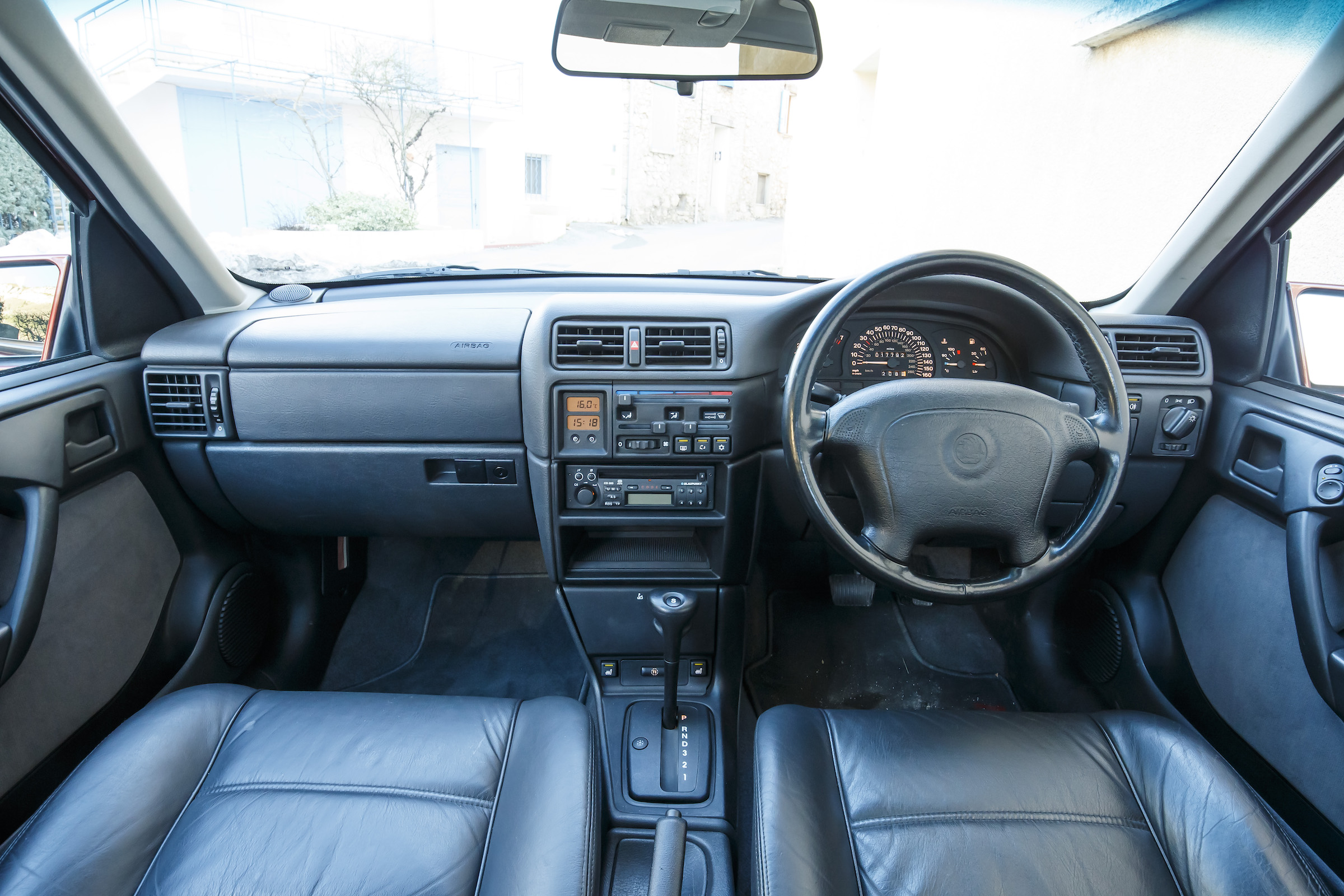
That’s not to say the Cavalier was perfect. For starters, there was no estate – unlike its predecessor, but more importantly, unlike its rival. Officially, this was in part because the hatchback was already so much more spacious than the old car, and because GM could see that hatches and saloons still made the better business case in all but a handful of European markets. Unofficially, Vauxhall salespeople would probably have directed customers to the smaller Astra Estate or larger Carlton Estate to serve their needs.
As the decade turned, the Cavalier’s dynamics, while improved, were also quickly shown up by fresher rivals. It was still more sophisticated on the road than the ageing rear-drive Sierra, but Peugeot’s 405 launched a year before the Mk3 Cavalier, and Nissan’s 1990 Primera, were in a different league to the soggy Vauxhall for anything other than extended motorway schleps.
Regardless, it worked in the showroom. It toppled the Sierra as the best-seller in its class in 1990 and remained there until the transformative Ford Mondeo launched in 1994.
By then, just as the Sierra had in 1988, the Cavalier was beginning to show its age, off the pace in key areas such as space, handling and equipment, though still admirably strong in terms of performance and economy.
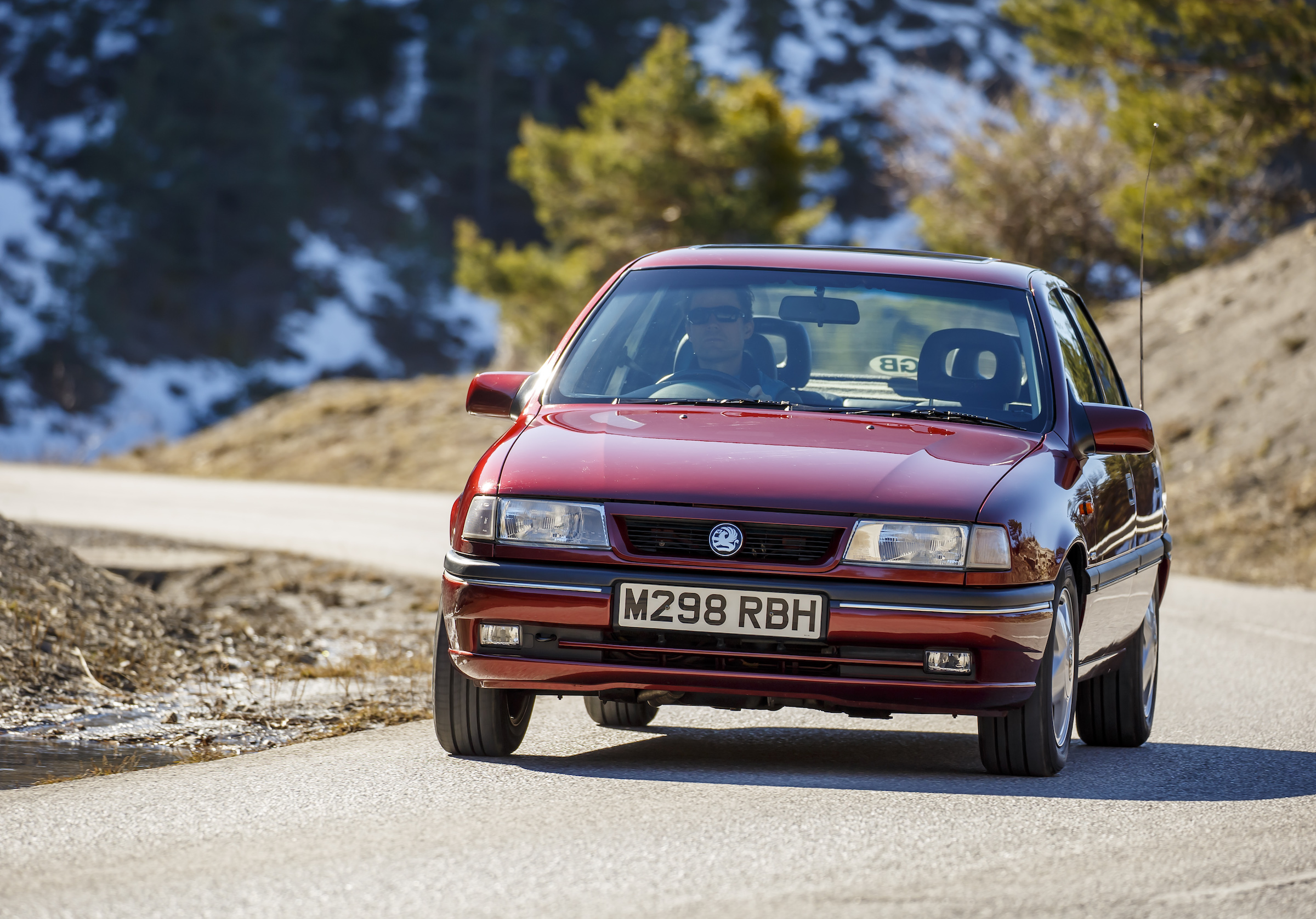
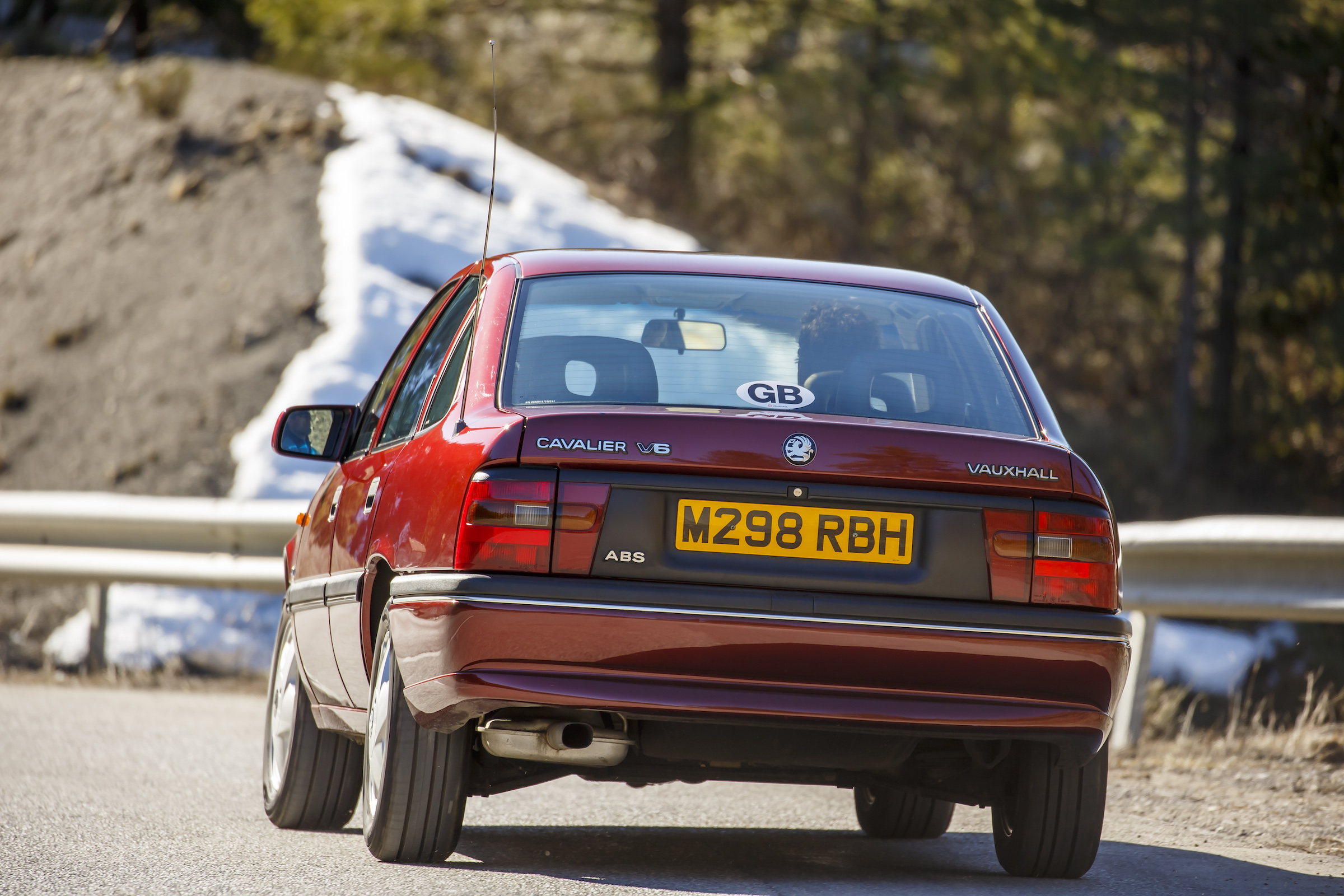
Its replacement, 1995’s Vectra, then showed the kind of complacency at GM that Ford had suffered with its early-90s Escort, being nothing like as great a step over the Cavalier as the Mondeo had been over the Sierra. The Mondeo became a darling of the press, the Vectra a punching-bag for Jeremy Clarkson on prime-time TV.
That shouldn’t take anything away from the Cavalier though. It had done its job, dethroned the Sierra from the company car user-chooser lists, and to this day feels a more modern vehicle to drive than the rear-drive Ford.
Its enduring popularity at events like Hagerty’s Festival of the Unexceptional shows that even low-end models were well screwed together too, so its route into classicdom is as assured, if for different reasons, than that of its contemporary rival. And for a period in the late 1980s and early 1990s, blue versus red was, for many buyers, fairly easy to answer.
Read more
Bad rep-utation: 7 company cars from the Festival of the Unexceptional
The unexceptional Astra Mk2 was vital to Vauxhall
Unexceptional Classifieds: Vauxhall Cavalier GLi









Check out the classic auctions. There is a universe of Fords, but virtually no Vauxhalls. People don’t bond with them. Automotive cardboard. Recycle & forget.
I worked as a Free Trade beer salesman for Thomas Wethered’s Marlow brewery (Whitbread’s) from 1972 to 1983. During this time I had several company cars including two series 2 Vauxhall Vivas, a 1250 Ford Escort, 1725 Hillman Hunter and eventually in 1982 a Pale Grey 1.8 Vauxhall Cavalier. This latter car proved to be exceptional. It was extremely comfortable with a really lively performance and a joy to drive. In 1983 I left to join Young & co the famous South London family brewery and was handed a 1300 pale Red Ford Sierra that had been driven by a previous employee. Well to say that the car was complete load of rubbish compared with the Cavalier is an understatement. I was ashamed to be seen in it. The car was underpowered and flabby with no endearing characteristics at all. I was so ashamed of the car I put a double white stripe down the sides in an attempt to disguise it. After I had completed 45,000 miles the company swapped it for, yes you guessed it, another Red Sierra but this time a darker shade of red but with a 1600 engine. This car was I admit a better car to drive but my customers were still laughing at it and calling it a jelly mould. About this time my daughter was born so the split lay flat seats and fifth door did come in handy, and it was especially useful for carrying several casks of beer to drinks trade fairs.
After this and up to my slightly earlier retirement from the company I drove a Volvo 460, an 1800 series 2 Passat (great car) and two Jaguar X-types. I then worked as an area manager for Charles Wells brewery (Wells & Youngs) from 2006 to 2009 and then retired and became a consultant for the company and traded in my last X-type to buy a brand new 2.2 Jaguar XF (Superb motor) which I drove until I fully retired. The Sierra’s were generally a low point in my car history but with my first company Jaguar X-type at least for the first time I at last had a company vehicle with leather seats and air conditioning.
I currently own a Mercedes 350 SL that I bought after I fully retired in 2015. My hobby classic is an XJS V12 5.3 convertible which I purchased in 1998 and a 2008 Jaguar 2.2 X-type Sovereign Estate (a great load Lugger with fantastic acceleration and exceptionally good fuel consumption)
Thanks for commenting Norman. Quite a car history there, and the current fleet sounds rather fine too.
I had both, a Mk3 Cavalier 2.0GL hatch, and then a Sierra GLS 2.9 4×4. I got the Cavalier at auction, 3 years old with already over 100K on it, still tight as a drum. Utterly fantastic for cruising up and down motorways, which I guess is what it was aimed at. The Sierra was rougher, but more fun.